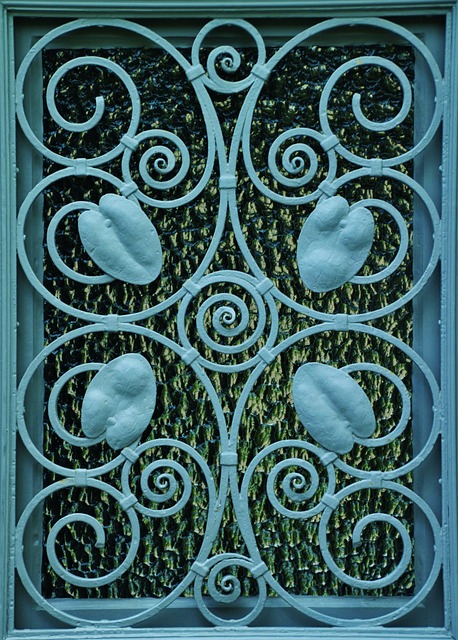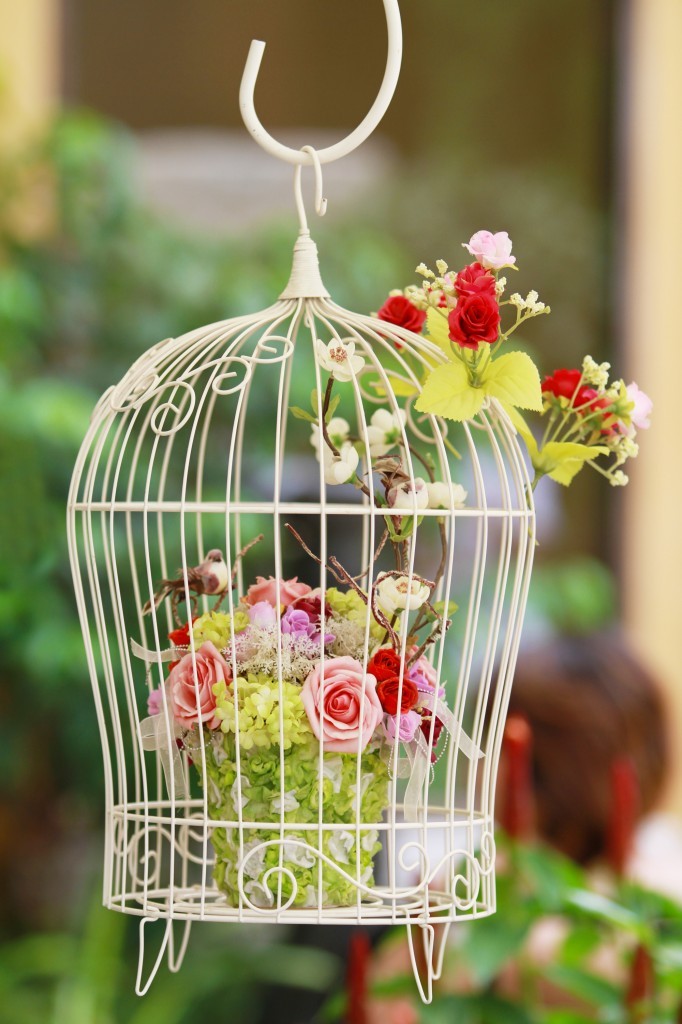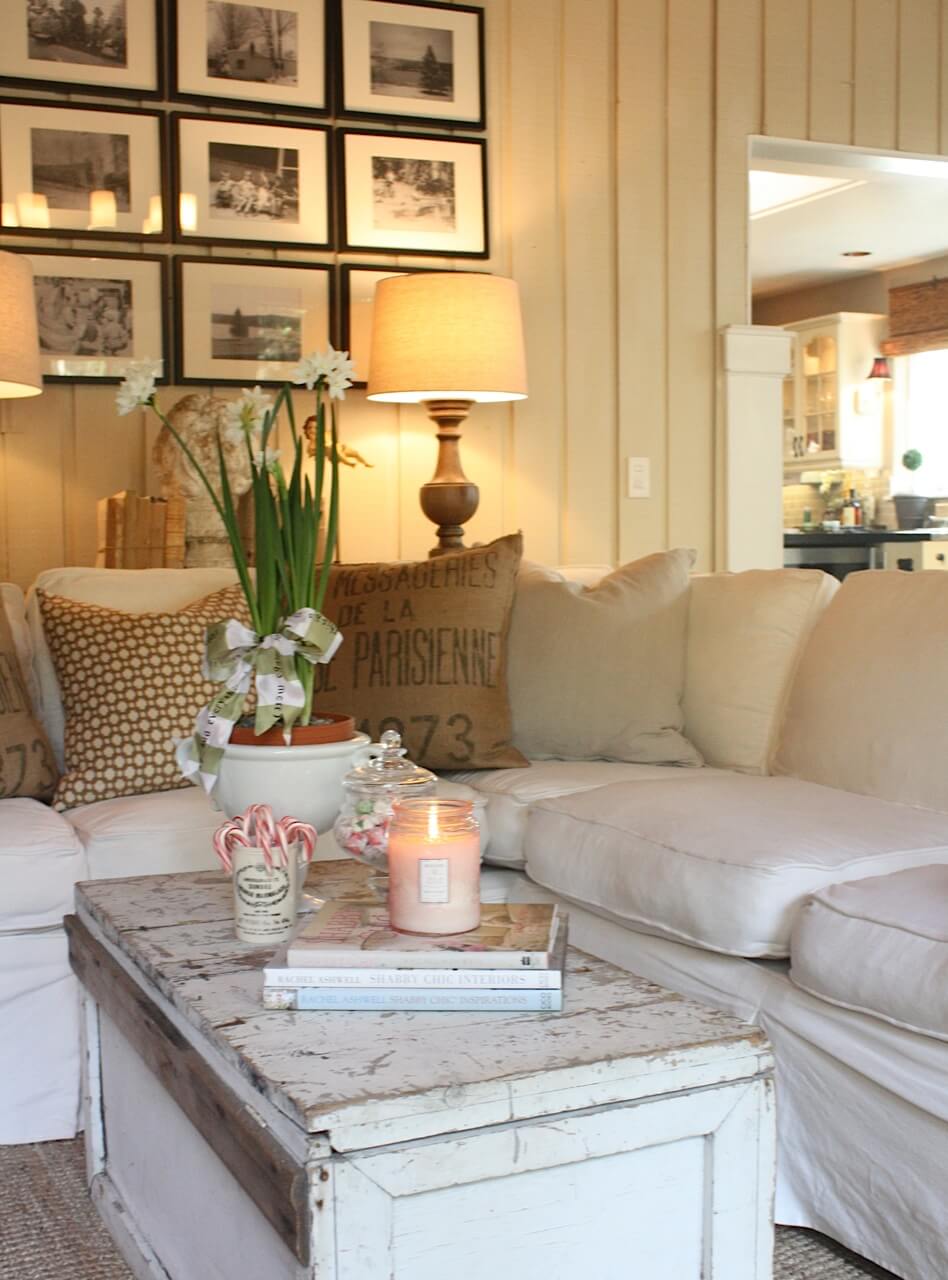A lot of homes and properties in many parts of the world are adorned with metal windows – and while metal windows are undeniably strong and robust (and better than other windows on the market, especially today), they can still suffer from normal wear and tear. Metal windows are indeed a timeless feature in historical and contemporary architecture, and while they offer durability and a classic aesthetic, over time, they may require restoration to regain their original charm. You should know that restoring metal windows is utterly rewarding since it preserves their character while improving their functionality! But the big question remains: how can you best restore your metal windows? Here are some crucial tips to help you achieve your desired results.

- Evaluate their condition
Before embarking on a full-on restoration project, it is crucial to evaluate the current condition of your metal windows. That said, look closely at the frames, hinges, glass, and any decorative elements. You should also identify areas with damage, rust, or decay and parts that require replacement. When you understand the extent of the restoration needed, you can better guide your next steps.
- Clean and remove rust
Mind you, metal window restoration is not an easy task – but it is doable, nonetheless. Of course, if you feel that you’re way in over your head, it may be best to rely on experts. But metal windows often accumulate dirt, grime, and rust over time, so thoroughly clean the surface using a gentle cleanser and a soft brush or cloth. For stubborn rust, use a mixture of vinegar and baking soda or a rust remover, then gently scrub the affected areas and rinse thoroughly. This process will prepare the surface for the next steps of restoration.
- Repair or replace
During your assessment, you may discover damaged or missing components, such as broken glass or hinges, and you should repair (or replace) these elements to ensure proper functionality. If the glass is cracked or has significant damage, it is best to consult a professional glazier for safe and accurate replacement.
To achieve a smooth surface, sand the metal frames using fine-grit sandpaper. This step will help remove any remaining rough spots, rust, or flaking paint. After sanding, clean the frames again to eliminate dust and debris, and apply a high-quality metal primer to ensure the new paint adheres properly and provides long-lasting protection against corrosion.
- Painting and finishing
Opt for a high-quality metal paint that is suitable for exterior applications. When selecting your paint color, you may want to consider the existing color scheme. Apply multiple thin coats of paint, allowing each layer to dry completely before applying the next. A brush or spray gun can be used for smaller frames or more intricate details. Once the paint has dried, consider applying a clear protective coat to enhance weather resistance and durability.
- Seal and insulate
To minimize drafts and improve energy efficiency, use weatherstripping and caulk to seal any gaps between the metal frames and the surrounding surfaces. Doing this will not only prevent air leakage – it also provides an extra layer of protection against moisture infiltration.
After restoring your metal windows, regular maintenance is crucial to prolong their lifespan. Clean the frames regularly using mild detergent and water, and inspect the frames periodically for signs of wear. Lastly, address any issues promptly to prevent further damage.






